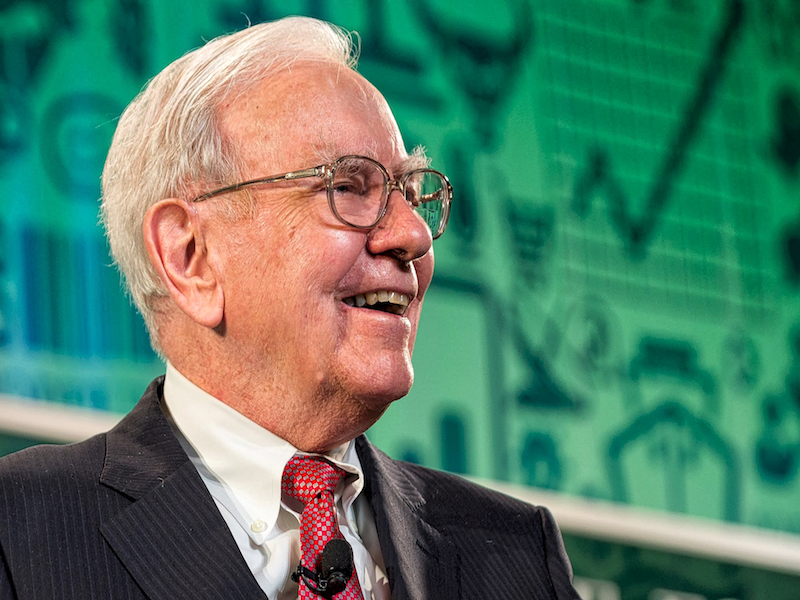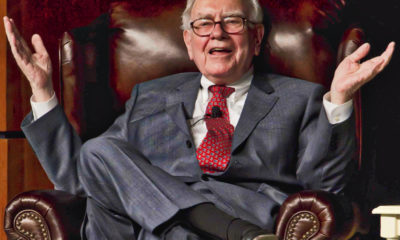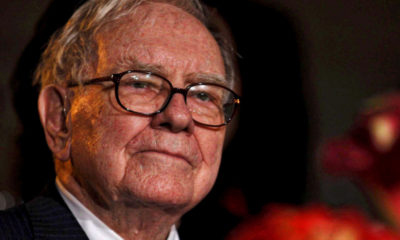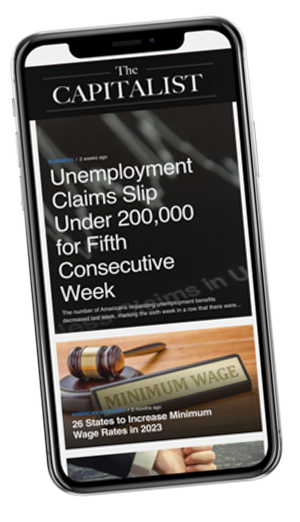Investment
Warren Buffett’s Underappreciated Investment Tricks

Many believe he was a very straightforward investor and was successful because he invested very conservatively.
However, Buffett was actually innovative in many ways and did unexpected new things in order to succeed in the insurance industry.
Buffett’s Overall Investment Advice
His general strategy can be summed up as consisting of the following basic principles:
- Reinvestment and Dividends
- Ignoring Trends and Planning His Own Moves
- Dollar-cost Averaging in the context of Acquisitions
He makes direct, usually clear investments, but these also have a lot of complex decision-making incorporated into them.
Picking Companies Strategically for a Steady Income
It has always been clear that Buffett’s investment strategy is not about picking rising star businesses who have great potential. He also takes into consideration, their high risk of market instability.
He has been known to pick companies with steady, dependable, even if slow, growth instead of spectacularly booming businesses.
He knows big growth means big potential for a crash. Some of his most successful investments to date have been in soda, batteries, and the railroad industries- not exactly the booming tech fields.
[ms_divider style=”normal” align=”left” width=”100%” margin_top=”30″ margin_bottom=”30″ border_size=”5″ border_color=”#f2f2f2″ icon=”” class=”” id=””][/ms_divider]
[ms_featurebox style=”4″ title_font_size=”18″ title_color=”#2b2b2b” icon_circle=”no” icon_size=”46″ title=”Recommended Link” icon=”” alignment=”left” icon_animation_type=”” icon_color=”” icon_background_color=”” icon_border_color=”” icon_border_width=”0″ flip_icon=”none” spinning_icon=”no” icon_image=”” icon_image_width=”0″ icon_image_height=”” link_url=”https://offers.thecapitalist.com/p/warrenbuffet/index” link_target=”_blank” link_text=”Click Here To Find Out What It Said…” link_color=”#4885bf” content_color=”” content_box_background_color=”” class=”” id=””]Warren Buffett Just Told His Heirs What He Wants them To Do With His Fortune When He Dies. [/ms_featurebox]
[ms_divider style=”normal” align=”left” width=”100%” margin_top=”30″ margin_bottom=”30″ border_size=”5″ border_color=”#f2f2f2″ icon=”” class=”” id=””][/ms_divider]
Paying Out Dividends is a Key to Success
He also places a large focus on paying out dividends.
Dividends are a great indicator of a company’s long-term likelihood of success since a company that is not confident in its future does not usually focus on dividend payments.
Importantly, these dividends can then be reinvested back into the same original stock, or in an entirely new industry.
Dividend-oriented companies also have a great buffer against shakiness in the stock market overall.
A great example of this is Coca-Cola, which is owned by Berkshire Hathaway and pays extremely high dividends, even though it is not exactly an up and coming business.
Buffett Leads, not Follows
One of Warren Buffett’s most well-known qualities is his tendency to go against norms and expectations about how investors should work.
The usual emphasis today is typically on investing in new and innovative companies, which will hopefully grow very quickly and give large returns on investments.
Instead, Buffett uses a very different strategy.
How Does He Choose his Companies?
He typically chooses older, well-established companies which do not experience high levels of growth but instead slow, steady, and reliable growth. He is patient and makes long term investments which grow slowly rather than rocket to profitability.
With this strategy, he has used a very solid foundation for his investments and has experienced very little failure using this approach.
Many have criticized Buffett for not jumping on and investing in a lot of today’s newest technology. However, apparently, his tried and true strategy works, and maybe others should take a page from his book.
Dollar-Cost Averaging Works Unexpected Wonders
Buffett uses a strategy known as dollar cost averaging, which is not usually emphasized by most investors. Dollar cost averaging focuses on slow, steady growth.
Buffett does not expect the companies he buys or invests in to grow quickly.
Instead, he hopes that the companies he buys will average out, or maintain a steady rate of growth over time, as mentioned above.
Most investors want to see their investments grow quickly and give them a huge payoff right away. Buffett, on the other hand, inches into a company slowly, not buying it all up at once.
It can take him quarters or even multiple years to enter into a company he wants to invest in.
Buffett’s Views on “Flipping” Investments
Buffett avoids the practice of “flipping” investments.
This is when investors buy up huge portions of a company before a period of high growth, hold it for the growth period, and quickly sell it to get a profit.
Buffett usually uses a very long holding period instead. He sometimes even values a weak business, because it means he can buy more shares for cheaper and wait for the business to grow slowly over time.
This also gives him the upper hand over many other investment corporations.
While his strategy seems predictable, it runs contrary to what most other people are doing. Therefore, while all the investors pile onto a stock that is growing very quickly, they struggle to acquire shares at very high prices.
This is all at the same time while knowing their efforts might all be for nothing if the stock quickly drops later.
Meanwhile, Buffett invests into slower or zero growth stocks which most people are not paying attention to.
In this way, he grew a fortune very slowly but steadily, and he did not suffer as much from many of the recent economic crashes since he has such stable holdings.
What Can we Learn from Buffett Overall?
Buffett is not always right.
For example, his investments in IBM have not been as lucrative as predicted.
But even in his failures, he sees a pathway to invest in long-term growth.
His faith in slow-growing companies should teach us that we should not always default to investing in spectacular, on-the-rise industries, but instead focus on dependability.











